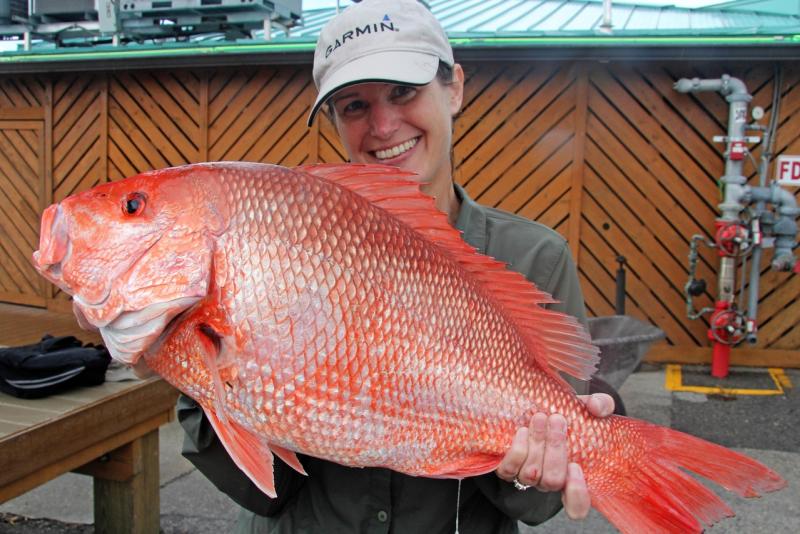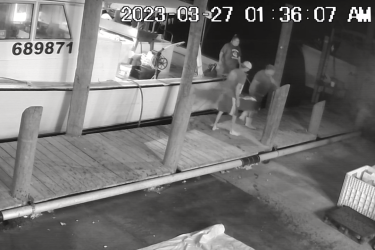Earlier today, an impressive scientific team led by the Harte Research Institute briefed Congress on preliminary findings from the Great Red Snapper Count. I am pleased to share our view of this study. First, the welcome news: based on this study, there are more red snapper in the Gulf of Mexico than previously thought, possibly up to three times as many. We can all agree that's a good thing.
Second, the preliminary abundance estimates produced by the study are consistent with those of the 2018 Gulf red snapper stock assessment conducted by NOAA Fisheries for natural and artificial structures, or high relief areas. The commercial and recreational red snapper fisheries predominantly operate on those high relief areas.
What’s new is this study better estimates the red snapper living in the low relief/bottom habitat, such as sand or mud. Those areas are very extensive, but have low fish per area so are not where the fishery typically operates. In fact, the study suggests that most of the Gulf red snapper population is located in these low relief areas. This confirms what some scientists, managers, and fishermen have long suspected, but did not have the means to prove until now.
Historically, much of the Gulf red snapper stock assessment data comes from the fishery. The fishery occurs mostly on the high relief natural and artificial structures in the Gulf or from surveys conducted near those areas. And, while we suspected there were more fish out there, a study of this magnitude is unprecedented. The early results that more fish were found is not surprising given the scale of this effort and use of new, innovative technologies to count fish.
At NOAA, we welcome the results of the study, especially because it provides important new scientific information to enhance our understanding of the Gulf red snapper population. I am proud of our cross-NOAA efforts to develop the terms of reference for the funding opportunity. I’m also proud of their excellent collaboration with the Great Red Snapper Count team to design the survey methodology. We are grateful to Congress for appropriating the funds for the project, and to our partners who conducted it and completed it successfully.
In particular, I want to highlight our great Sea Grant partners at headquarters and in the Gulf. Sea Grant funded half the study, ensured Congress’ goal for an independent assessment was met. They called on their strong ties with academia to make sure the best available researchers were included on the team. I am also pleased that the agency invested in the development of technologies used in the Great Red Snapper Count. We will continue to develop methods applicable to other species.
For those of you new to red snapper, the Great Red Snapper Count was a $10 million, multi-year study. It used state-of-the-art technology to estimate the absolute abundance of red snapper throughout the U.S. Gulf of Mexico. It was a landmark effort and proved to be an effective collaboration and a worthy investment in science for this iconic species.
While it is difficult to determine exactly how this study will influence red snapper management, we intend to incorporate study results into an interim stock assessment in 2021. We will work with our partners on the Gulf of Mexico Fishery Management Council and their Scientific and Statistical Committee to peer-review the assessment and make adjustments to red snapper management as appropriate.
Is this type of study applicable to other areas and other species? Possibly, but it’s an expensive undertaking. If similar resources were put toward assessing absolute abundance of other species, those efforts would likely also reveal new information to benefit both science and management of our nation’s fisheries.
Chris Oliver
NOAA Fisheries Assistant Administrator



